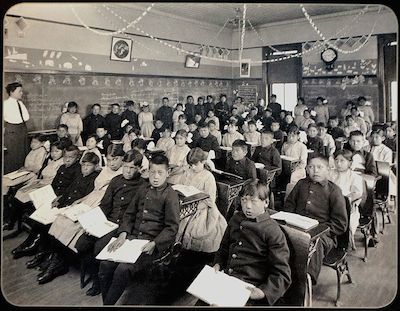Probability of real life situations
 In competitive examinations that are given by a large number of people, (for example the JEE MAINS) in which many people getting the same score on the examination, there often arises a need for further ranking of the students. Usually the next data that is checked is their marks in a particular section.
In competitive examinations that are given by a large number of people, (for example the JEE MAINS) in which many people getting the same score on the examination, there often arises a need for further ranking of the students. Usually the next data that is checked is their marks in a particular section.
Let's find the probability that two people are tied in their total marks, and also in the most important section. In the JEE, the most important section is Maths, followed by Physics and Chemistry.
The exam is has a total of 30 marks, with 3 sections namely physics, chemistry, maths, each worth 10 marks. Candidates A and B are sitting for this exam. Assume that in each section, their score is uniformly distributed over the integers 0 to 10 (inclusive).
The probability that A and B get the same total marks as well as same marks in the maths section is given by:
Find
Details and Assumptions :
-
are positive integers with and
-
We have no idea of the intelligence of A and B hence we make the simplifying assumption that the total marks as well the marks they get in each section is totally random, i.e. they are equally likely to score 0, 5, or 10.
The answer is 18.
This section requires Javascript.
You are seeing this because something didn't load right. We suggest you, (a) try
refreshing the page, (b) enabling javascript if it is disabled on your browser and,
finally, (c)
loading the
non-javascript version of this page
. We're sorry about the hassle.
I will be solving this question by calculating total number of outcomes and number of favourable outcomes and dividing them to get the answer.
Total number of ways is clearly 1 1 6 , since there are total 1 1 ways to select marks in each section of A as well as B .
C a l c u l a t i n g t o t a l n u m b e r o f f a v o u r a b l e o u t c o m e s
We firstly consider number of ways marks of maths can be seleted that is common to both A and B and that is = 1 1
Since their total marks are same hence we can conclude that the sum of physics and chemistry section of both A and B are same.
Now we will be counting the number of outcomes of selecting physics and chemistry
Sum of physics and chemistry section for both A and B can vary from 0 to 2 0
For the sum I will take two cases.
Case-1
Consider the sum to be k where , 0 ≤ k ≤ 1 0 .
Then total number of ways for A is equal to :
No. of non-negative integral solution of x 1 + x 2 = k , that is equal to k + 1
And same number of ways exist for B and hence total number of ways = ( k + 1 ) 2
Vary k from 0 to 1 0 and total number of ways S 1 = k = 0 ∑ 1 0 ( k + 1 ) 2 = k = 1 ∑ 1 1 k 2
Case-2
For any k , 1 1 ≤ k ≤ 2 0 , we have for any case total number of ways for A as :
No. of solutions of x 1 + x 2 = k where 0 ≤ x 1 , x 2 ≤ 1 0
and that is equal to 2 1 − k , that you can check for yourself.
And same number of ways exist for B hence the total ways is ( 2 1 − k ) 2
Vary k from 1 1 to 2 0 and you get the total number of ways as = k = 1 1 ∑ 2 0 ( 2 1 − k ) 2 = k = 1 ∑ 1 0 k 2
Finally total number of ways of selecting physics and chemistry is given by :
= k = 1 ∑ 1 1 k 2 + k = 1 ∑ 1 0 k 2 = ( 1 1 ) × ( 8 1 )
So total number of favourable outcomes is equal to :
= 1 1 2 × 8 1
And our probability is = 1 1 4 8 1 = ( 1 1 3 ) 4
a = 3 , b = 1 1 , c = 4 , a + b + c = 1 8